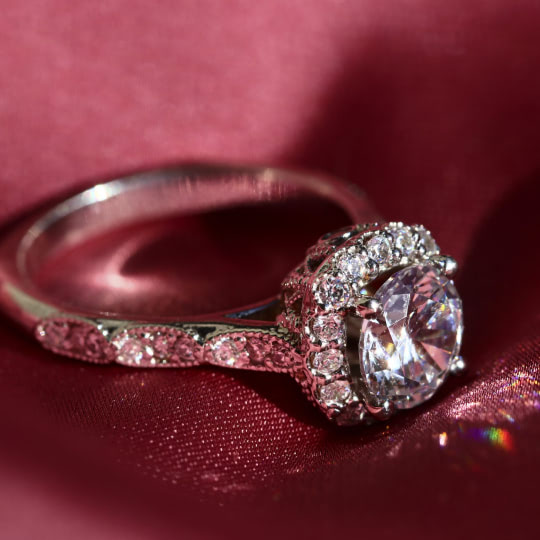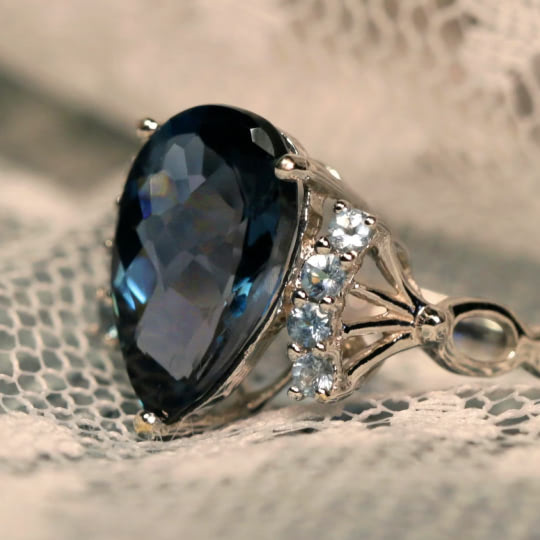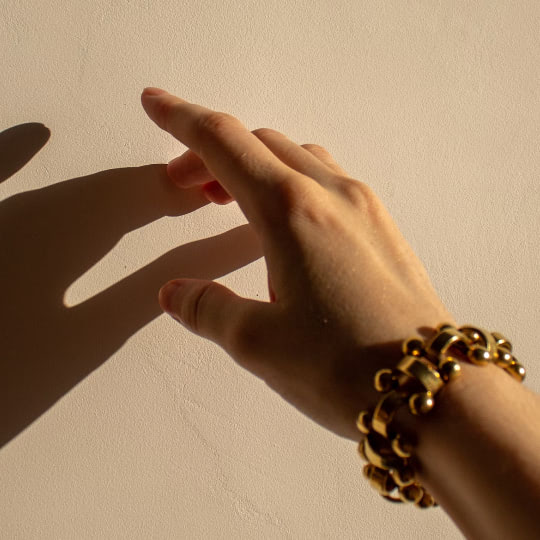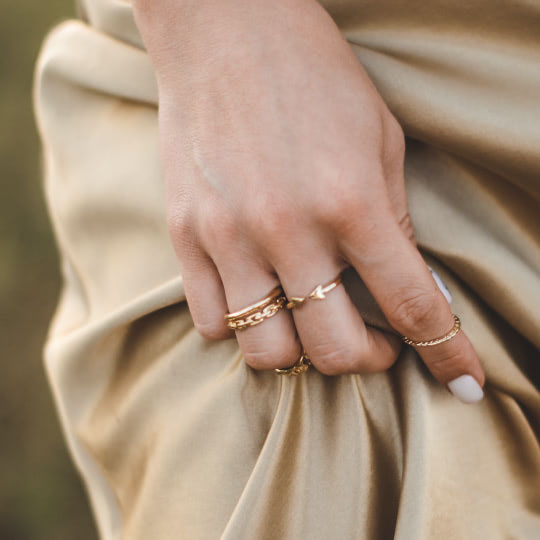Diamonds are born deep within the Earth, and their journey from rough stones to the dazzling jewels we wear is truly remarkable. In this post, we’ll explore the process that makes diamonds so special, from their formation millions of years ago to their final transformation into breathtaking jewelry.
Diamonds are created under extreme pressure and heat, deep inside the Earth’s mantle. Over millions of years, these conditions shape diamonds into the gemstones we know today. Once mined, diamonds go through a detailed process of cutting and polishing, which brings out their signature brilliance. This process requires skill, precision, and an eye for detail to ensure that the final product showcases the diamond’s true potential.
At RV’s Jewelry, we are committed to sourcing only the finest diamonds, ensuring each one’s ethical origin and superior quality. Our craftsmanship then transforms these diamonds into works of art that you can wear proudly.
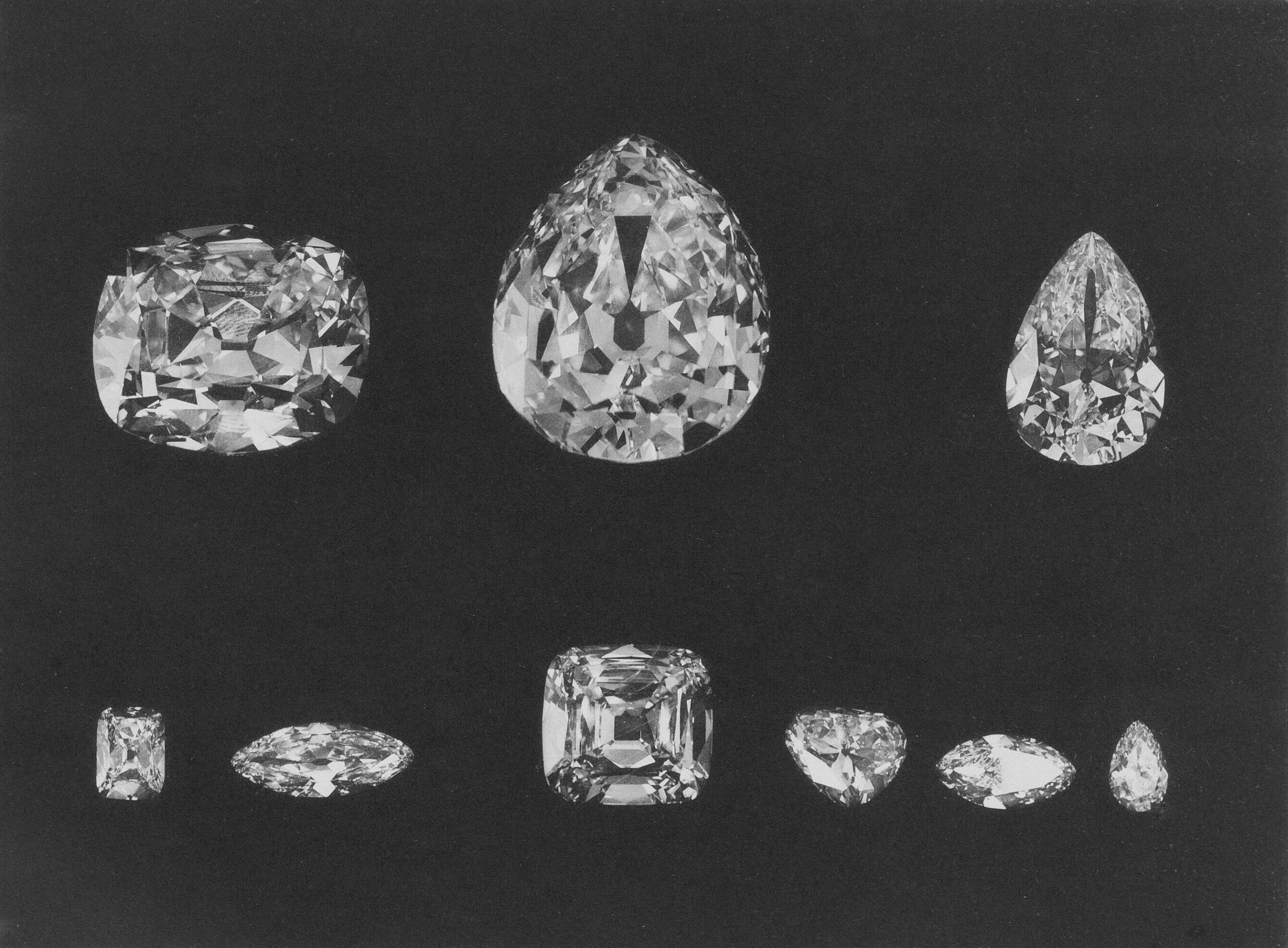

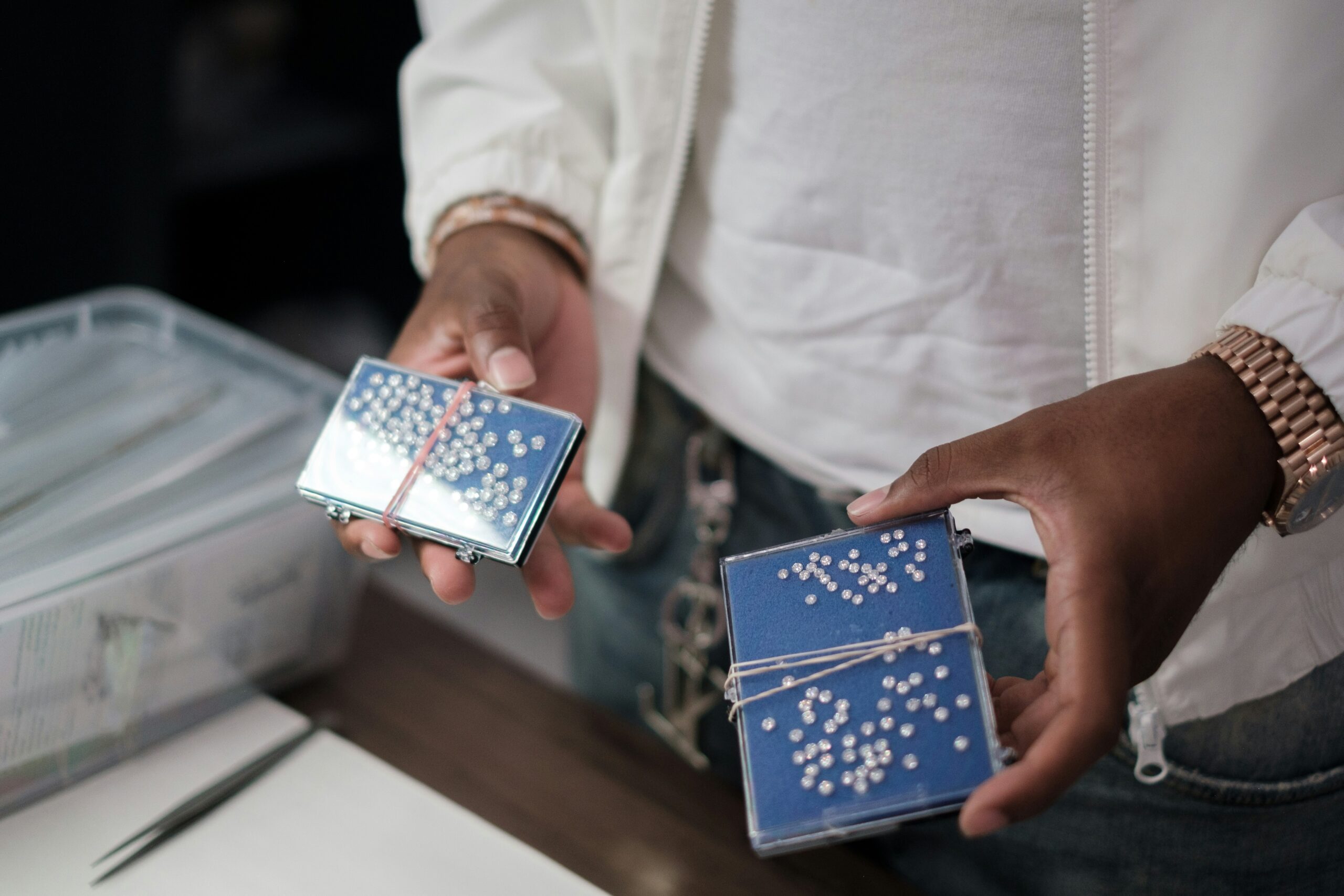

The Journey of a Diamond
Diamonds are not just beautiful, precious gemstones; their creation and journey from the depths of the Earth to becoming a shining piece of jewelry is a remarkable process. From formation to mining, and finally to cutting and polishing, every step in the journey is essential to bringing out the diamond’s timeless beauty. Let’s take a closer look at each stage.
1. Formation: Deep Within the Earth Under Extreme Conditions
Diamonds are created deep beneath the Earth’s surface, under extreme heat and pressure. It all begins around 100 miles below the Earth’s crust, in a place where the temperature reaches around 2,200°F (1,200°C) and the pressure is around 725,000 pounds per square inch. In these conditions, carbon atoms begin to bond in a unique crystal structure, forming a diamond.
This process can take millions, even billions, of years. The carbon atoms are squeezed tightly together over time, forming a perfectly symmetrical crystal structure that we recognize as a diamond. Natural diamonds form in the mantle of the Earth, and once they are formed, they need to travel to the surface to be discovered.
2. Mining: Extracted from the Earth through Sustainable Methods
Once diamonds have formed deep within the Earth, they must be brought to the surface to be harvested. Mining diamonds is a delicate and intricate process. There are two primary methods used for mining: open-pit mining and underground mining.
- Open-Pit Mining: This method is used when diamonds are located closer to the Earth’s surface. Large machines are used to remove layers of rock and soil to expose the diamond-bearing ore. Once the ore is extracted, it’s sent to a processing plant to separate the diamonds.
- Underground Mining: In areas where diamonds are found deep within the Earth, underground mining is required. Vertical shafts are drilled into the ground, and tunnels are created to reach the diamond-bearing kimberlite pipes. After extracting the ore, it is brought to the surface for processing.
Sustainable mining practices are becoming increasingly important in the diamond industry. Many companies are committed to using environmentally responsible mining methods to minimize ecological damage. This includes using renewable energy sources, reducing water usage, and minimizing carbon footprints.
3. Cutting & Polishing: Transforming Rough Stones into Dazzling Jewelry
After mining, rough diamonds are sent to diamond cutters, who will transform them into the sparkling jewels that adorn rings, necklaces, and earrings. This part of the diamond’s journey is crucial, as the skill and precision of the diamond cutter determine the diamond’s final brilliance and value.
- Cutting: The process begins with cutting the rough diamond into smaller, more manageable pieces. This is done with extreme care and precision, as the diamond’s crystal structure must be taken into account. The diamond cutter decides on the best way to cut the diamond based on its shape, size, and natural characteristics. The most common shapes include round, princess, cushion, oval, and emerald cuts, each with its unique brilliance.
- Polishing: After the diamond is cut, it is polished to perfection. Polishing involves smoothing the facets of the diamond to maximize its shine and sparkle. It is a time-consuming and delicate process, requiring specialized machinery and expertise. Polishing can take hours, depending on the size and complexity of the diamond.
The final result is a diamond with perfectly aligned facets that reflect light in stunning ways. The quality of the cut and the symmetry of the diamond play a significant role in its overall sparkle and beauty. A well-cut diamond can look more brilliant than a larger, poorly cut one.
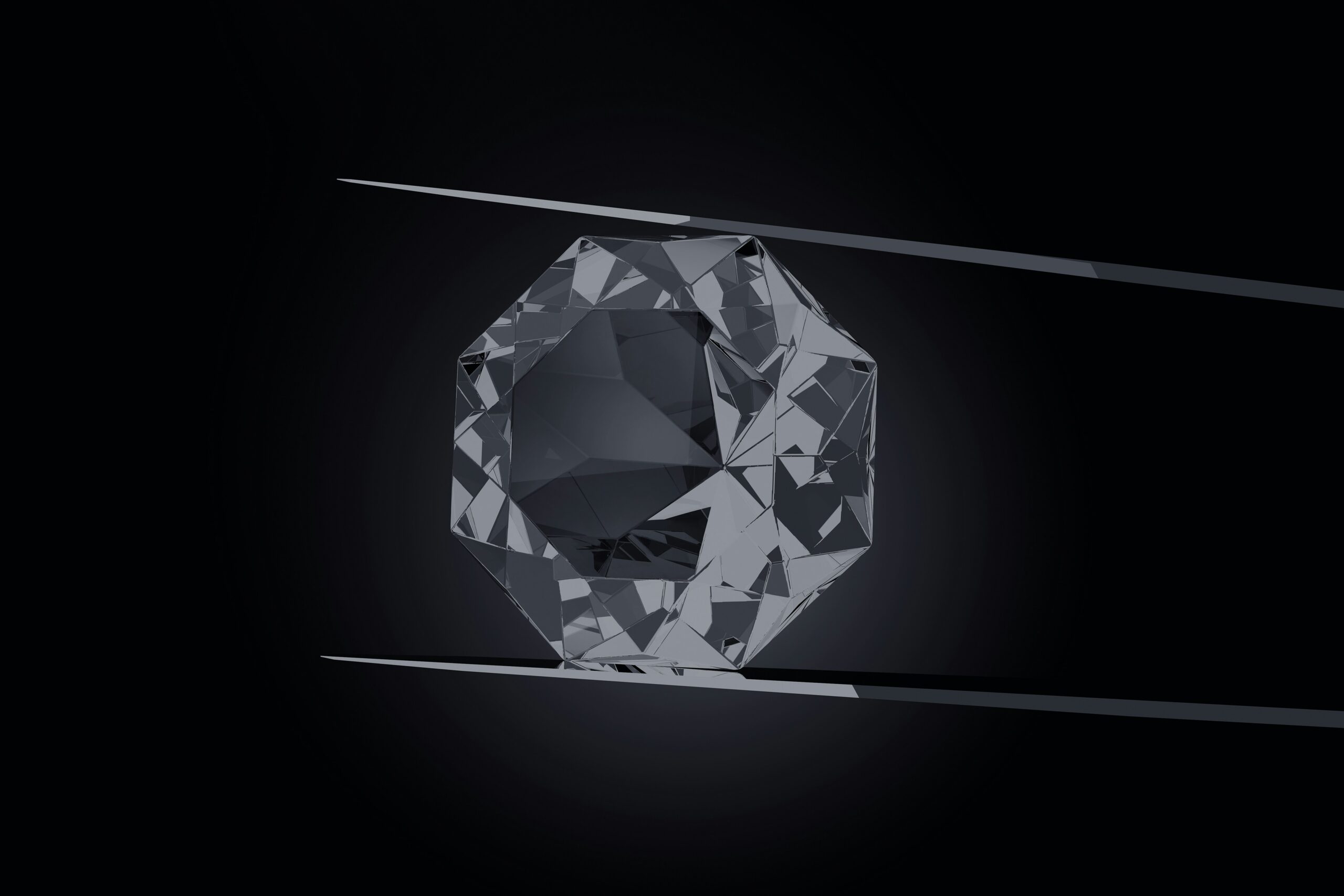
The Final Product
Once the diamond has been cut and polished, it’s ready to be set in jewelry. This might include rings, bracelets, earrings, or necklaces. Jewelers carefully select the best settings to enhance the diamond’s beauty, ensuring it is securely held while allowing maximum light exposure to showcase its brilliance.







